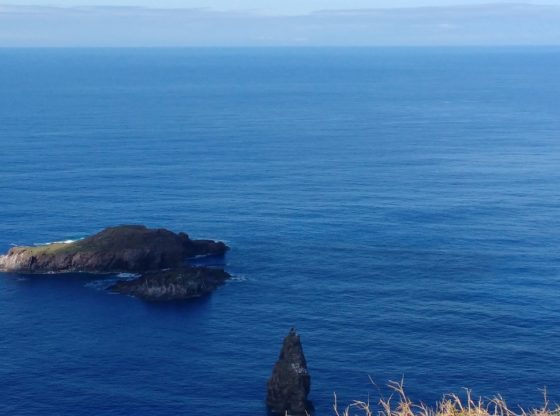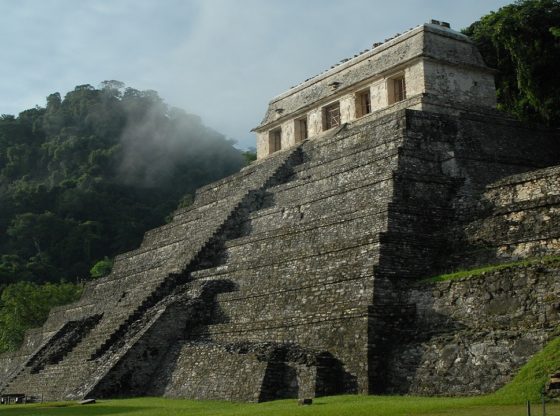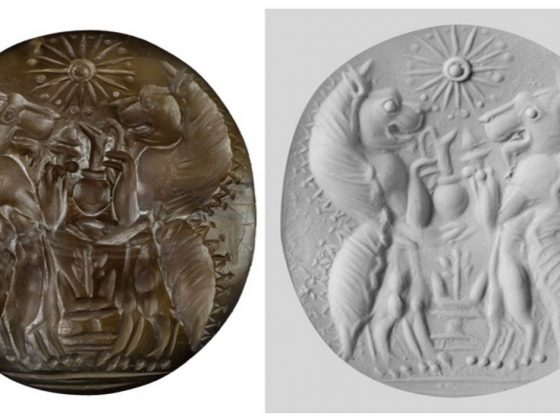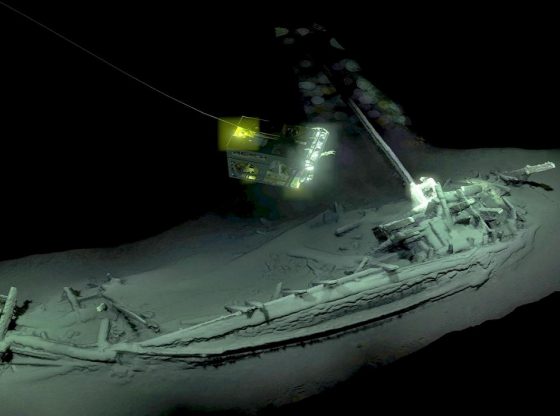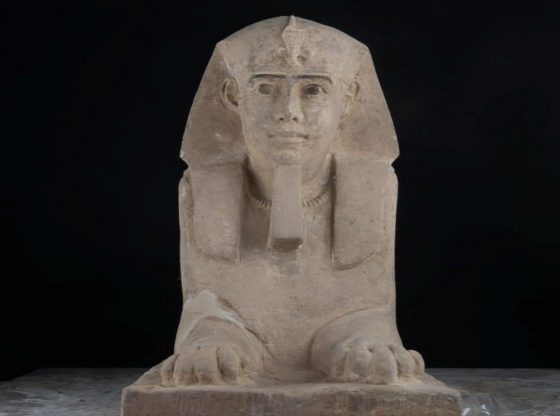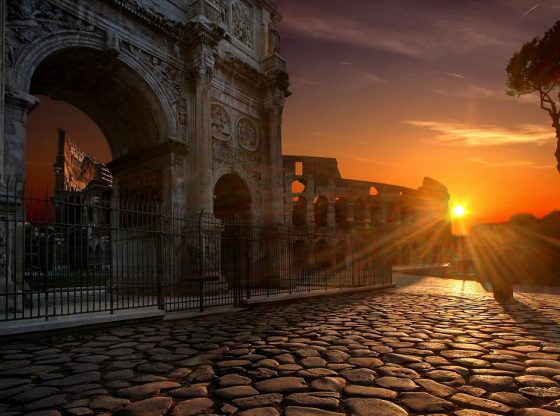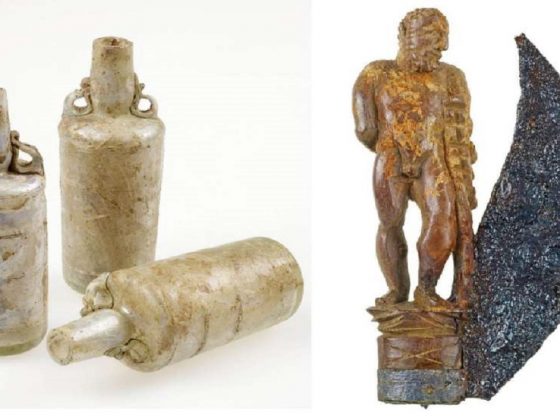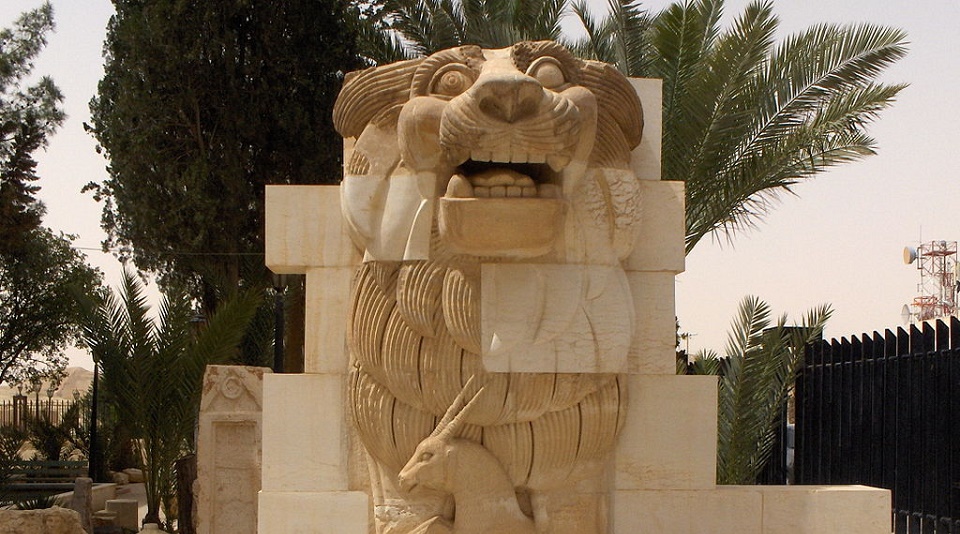
The so-called Islamic State (IS), also known as the Islamic State of Iraq and the Levant (ISIL) has destroyed a 2,000-year-old statue of a lion in the World Heritage ancient city of Palmyra in Syria. This statue was unearthed in 1977 at the ruins of a temple dedicated to the goddess al-Lat, and was built in 100 BCE.
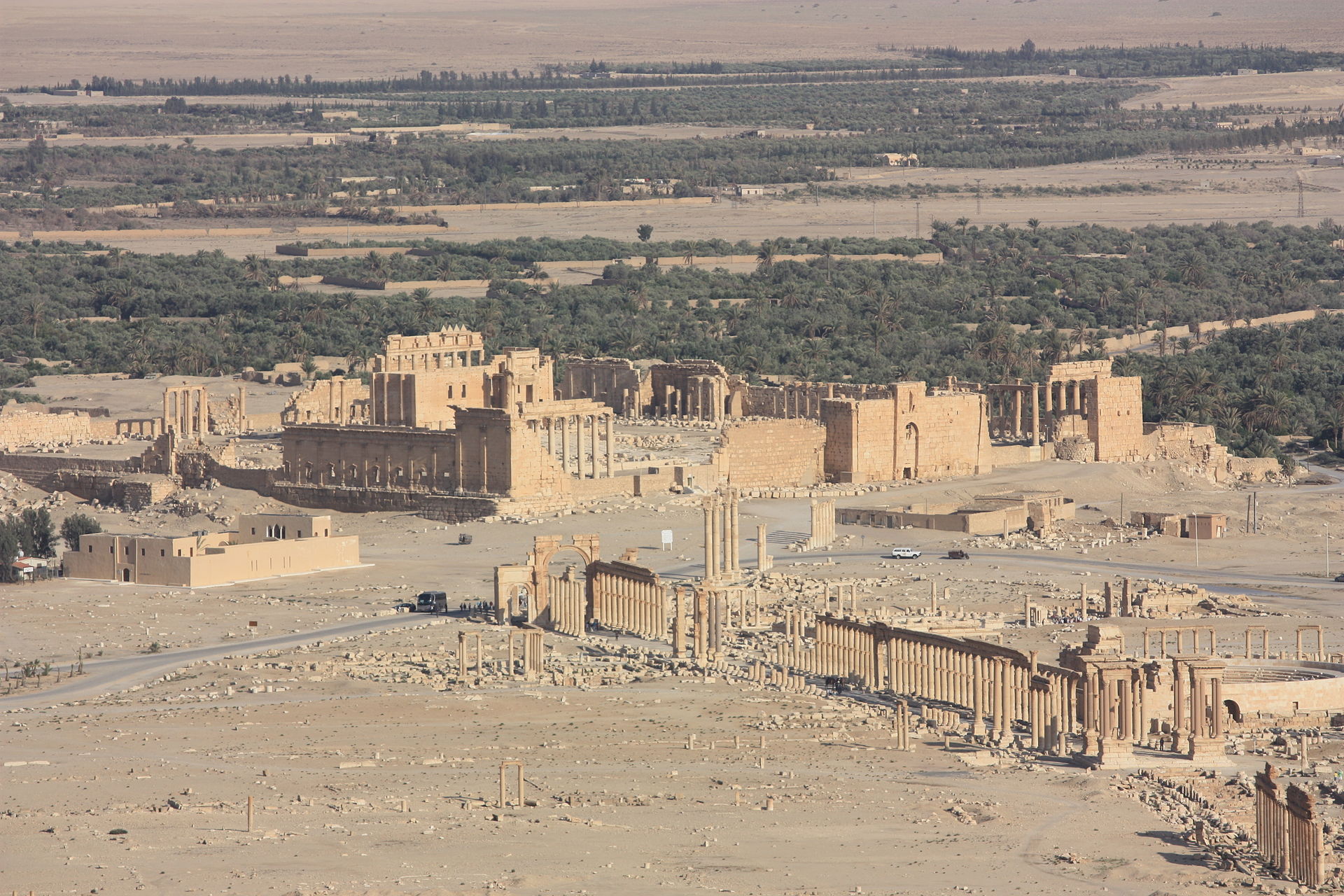
According to many archaeologists, destroying this 3 meters tall lion is some of the worst crimes against world- heritage since the terrorist organization took control of Palmyra, which lies just north of the Syrian capital Damascus.
The desert city of Palmyra called the Venice of the Sands, consists of many well-preserved 2000 years old ruins of the ancient world. With several well-preserved temples, triumphal arches, amphitheaters, springs, and bathhouses. Much of which the Romans built during the hundreds of years the city was under the rule of the Roman Empire.
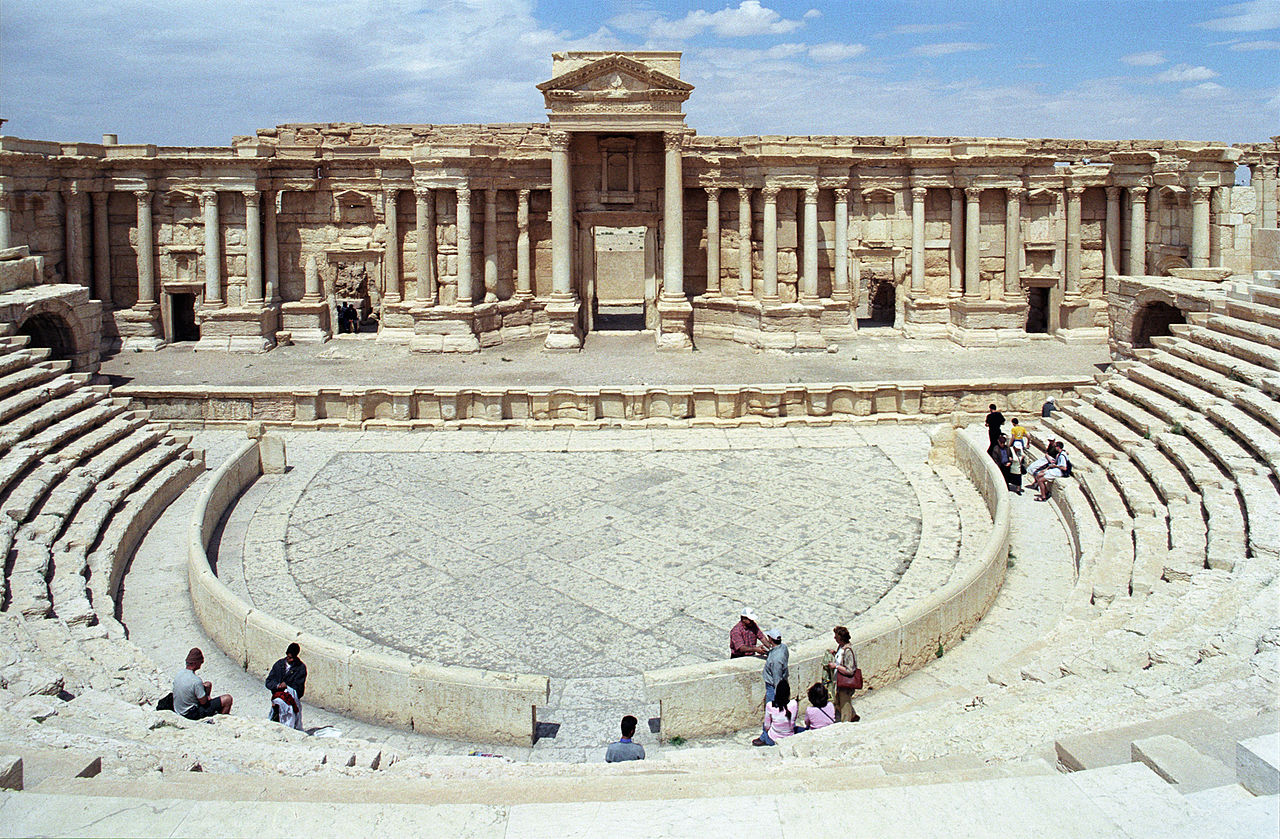
The city is much older than the Romans though, as it actually dates back to the Neolithic and was first documented in the early second millennium BCE as a common caravan stop for travelers crossing the Syrian Desert. Also noted in the annals of the Assyrian kings, and may have been mentioned in the Hebrew Bible. When it was later incorporated into the Empire of Alexander the Great, then the Seleucid Empire and the Roman Empire, the city was to prosper.
The reasoning behind IS actions (if we can call it “reasoning”) is probably to destroy cultural heritage that predates Muhammad and Islam (570 to 632 CE). Art and culture not made by those dedicated to Islam or to celebrate Islam. As older religions and other religions are especially “bad” in their eyes.
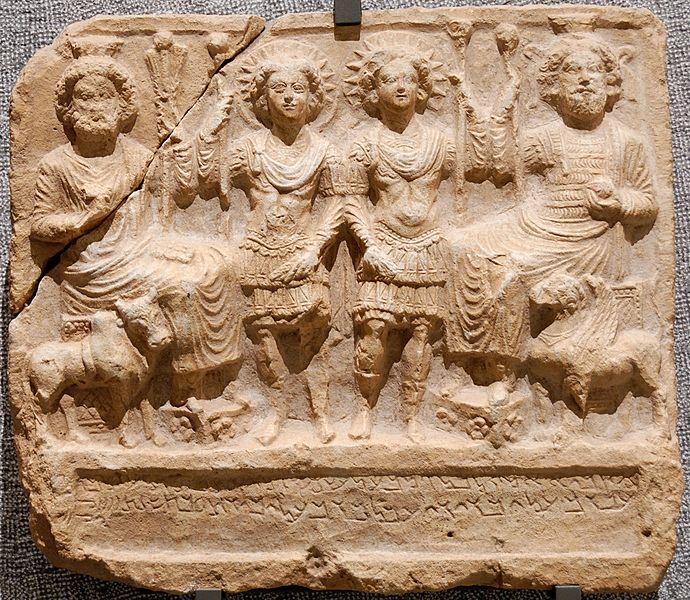
In the eyes of these fundamentalists, Roman ruins represent something beyond their worldview and must be destroyed. Just as the eyes of the Taliban who destroyed the immense, monumental statues of standing Buddhas carved into the side of a cliff in Afghanistan, built in 507 CE (smaller) and 554 CE (larger).
In Iraq, the devastation has affected the cities of Nimrud, Hatra, and Mosul, but IS does not destroy every piece of art. Some cultural treasures and artifacts are instead sold on the global black market for cash and thereby finance terror.
According to UNESCO, one-fifth of Iraq’s 10,000 antiquities is under the control of IS. And from most of these areas, it is impossible to get accurate information of what has happened.

